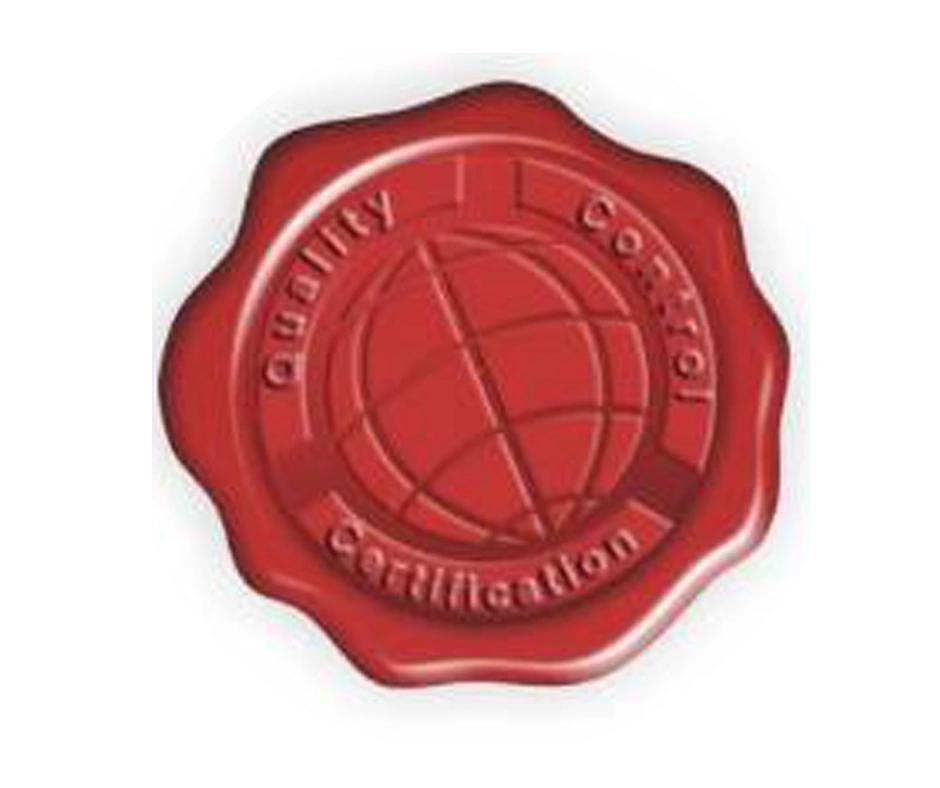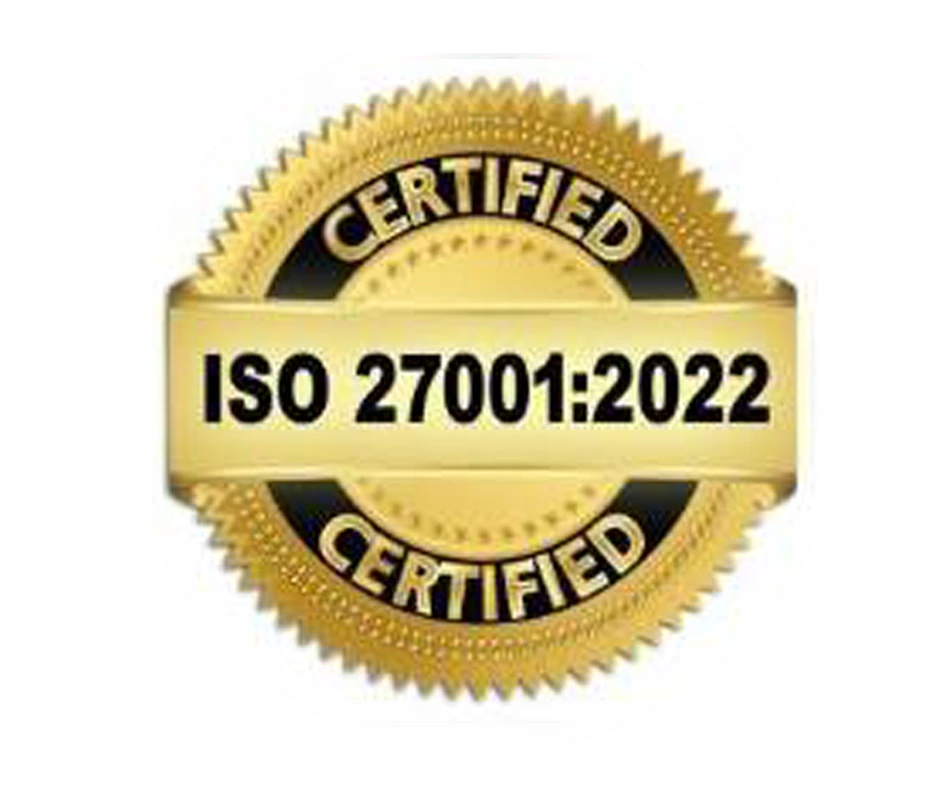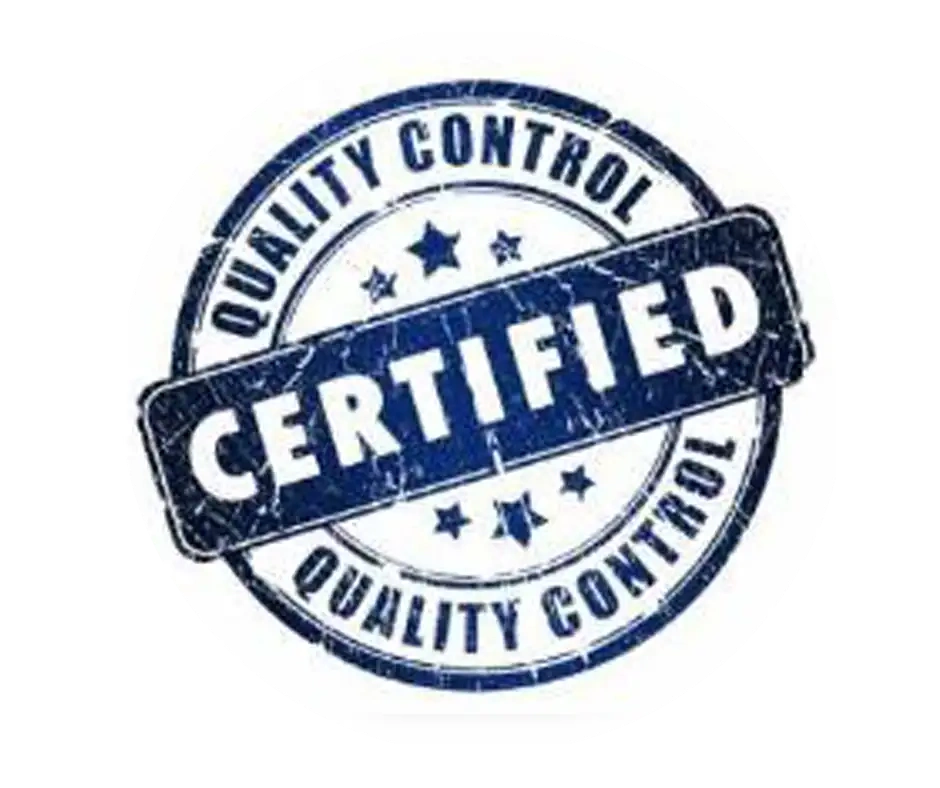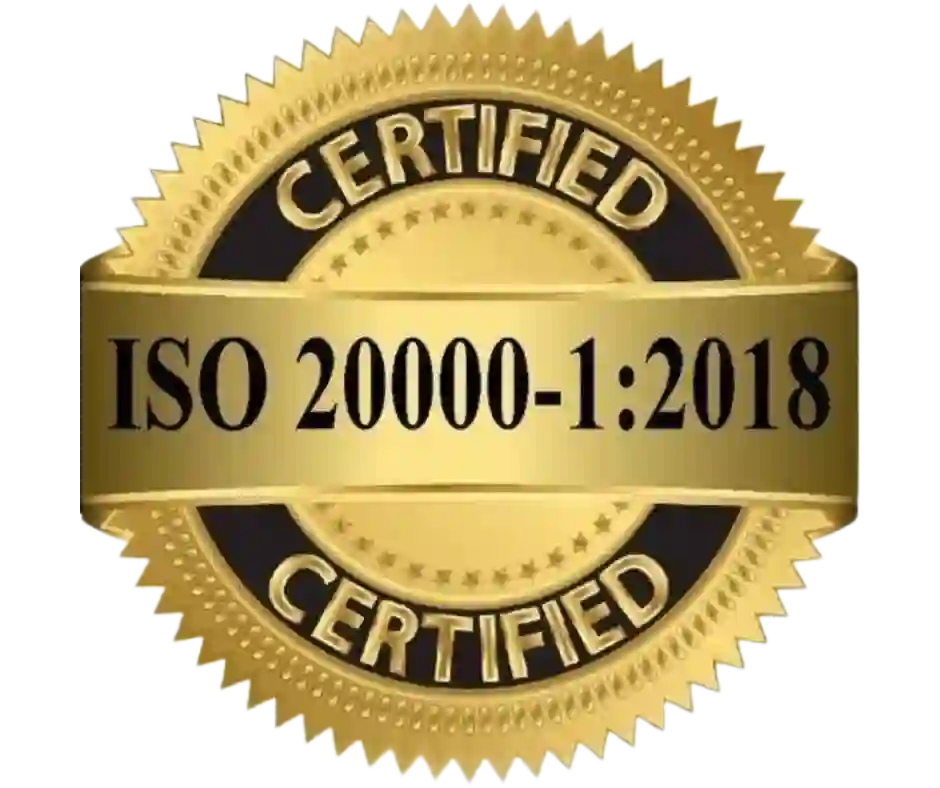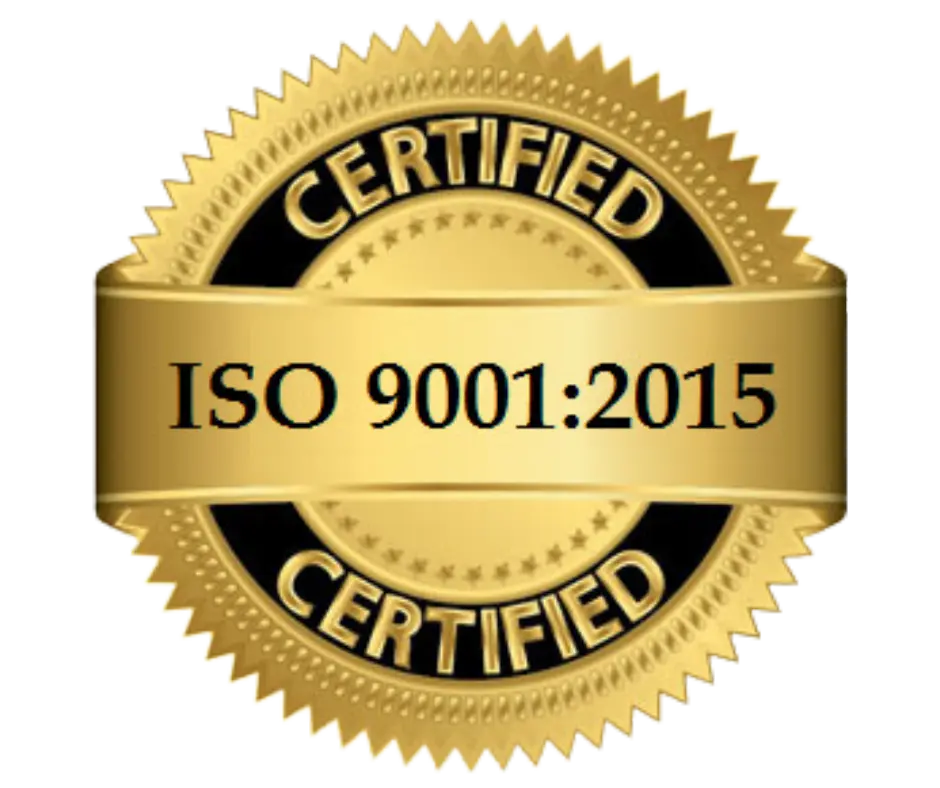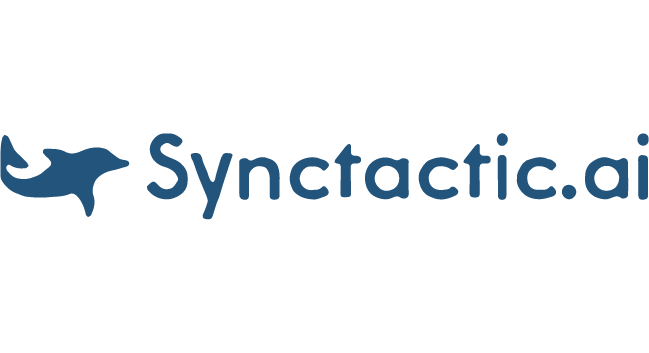
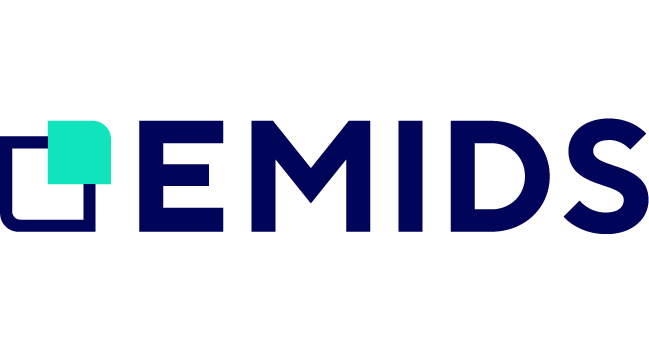
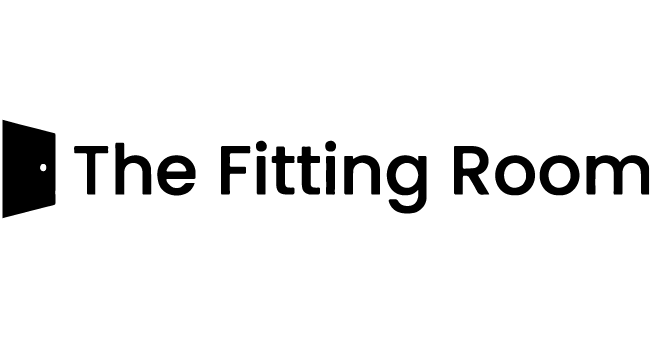

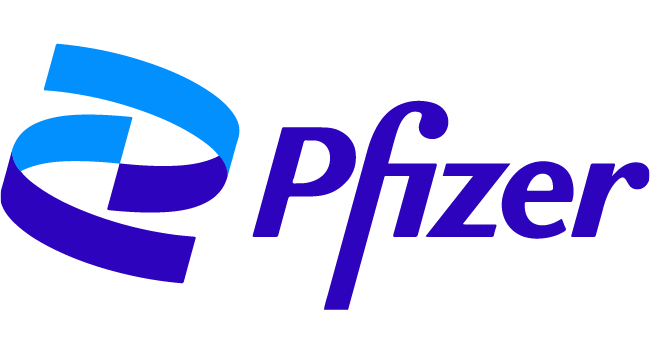
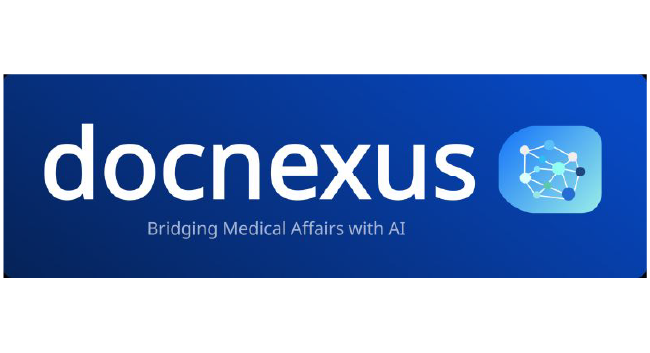
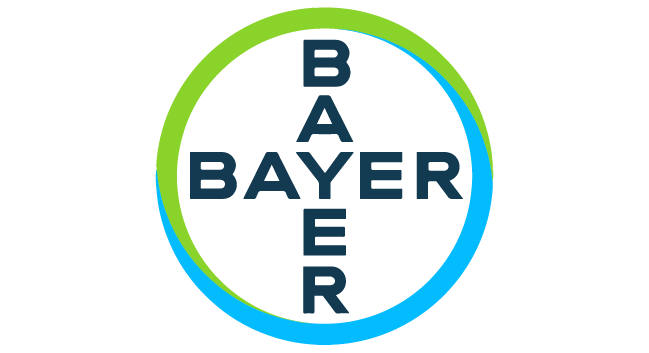
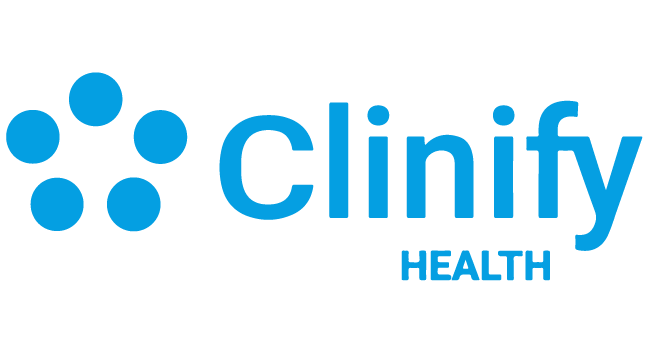
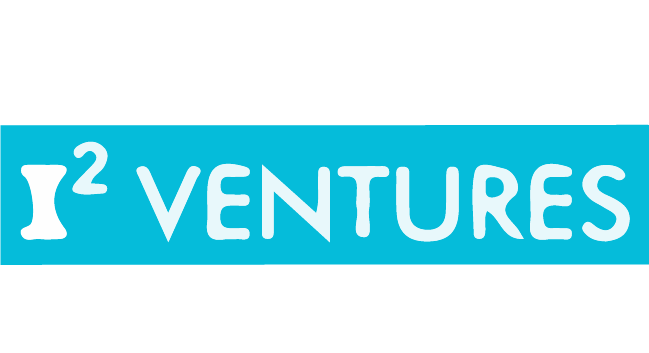
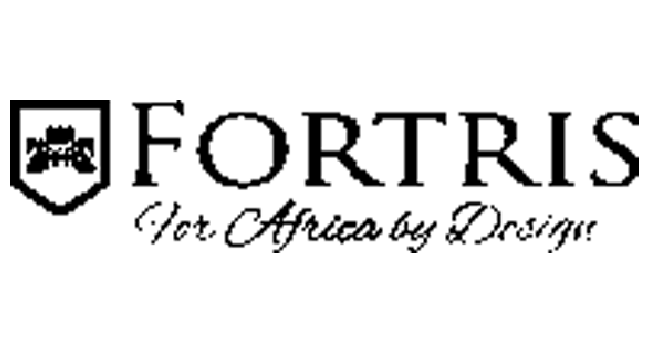
Software teams lacking niche domain expertise often miss critical nuances—resulting in rework, non-compliance, or solutions that don’t fit real-world workflows.
Our Fix: Our cross-functional teams bring deep healthcare experience—so you get solutions aligned with clinical, operational, and regulatory realities from day one.
Legacy software, siloed databases, and poor interoperability disrupt care coordination and slow down decision-making.
Our Fix: We build integrated, standards-compliant platforms (HL7/FHIR/CDA/EDI etc.) that unify data, connect systems, and improve care continuity.
Navigating HIPAA, HL7, and evolving data compliance mandates slows product rollouts and increases overhead.
Our Fix: We embed compliance into the development lifecycle—so security, privacy, and audit-readiness are never afterthoughts.
Many healthcare platforms lack user empathy—leading to poor adoption, low engagement, and wasted investments.
Our Fix: We design with end users (patients, providers, payers, care coordinators etc.) in mind, creating intuitive, multilingual, mobile-first experiences that drive real usage.
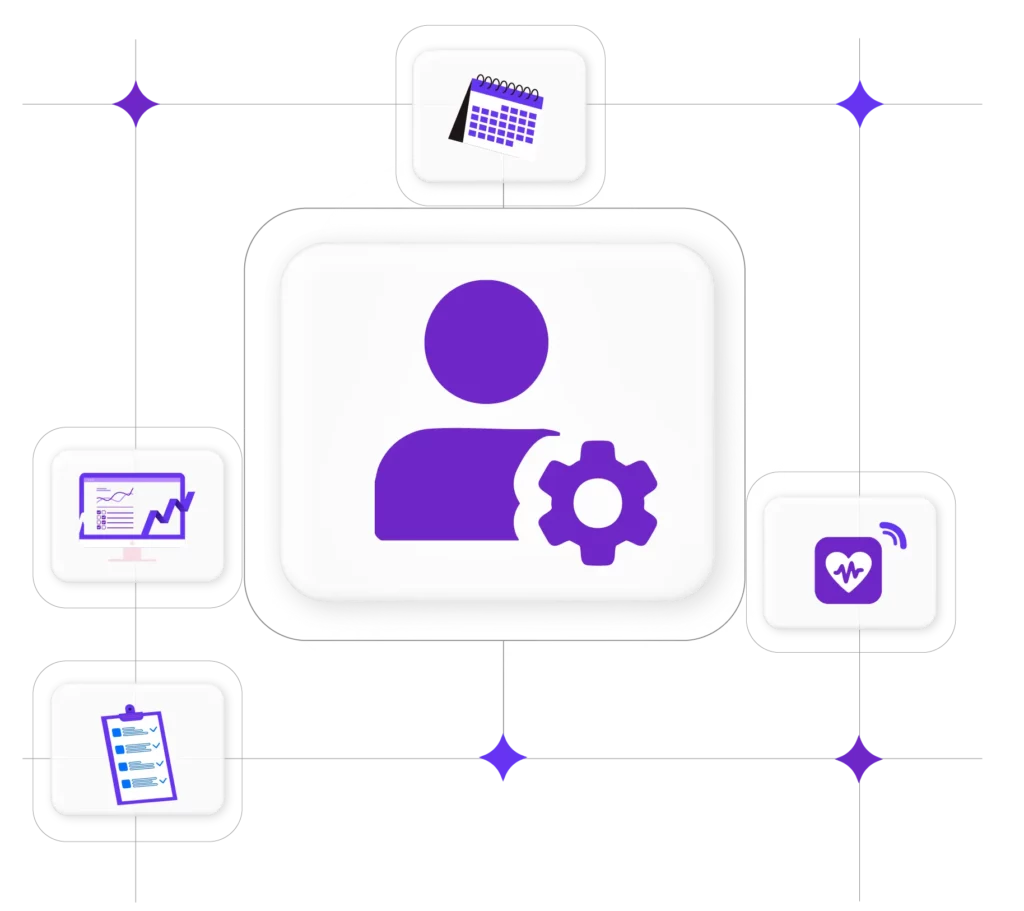
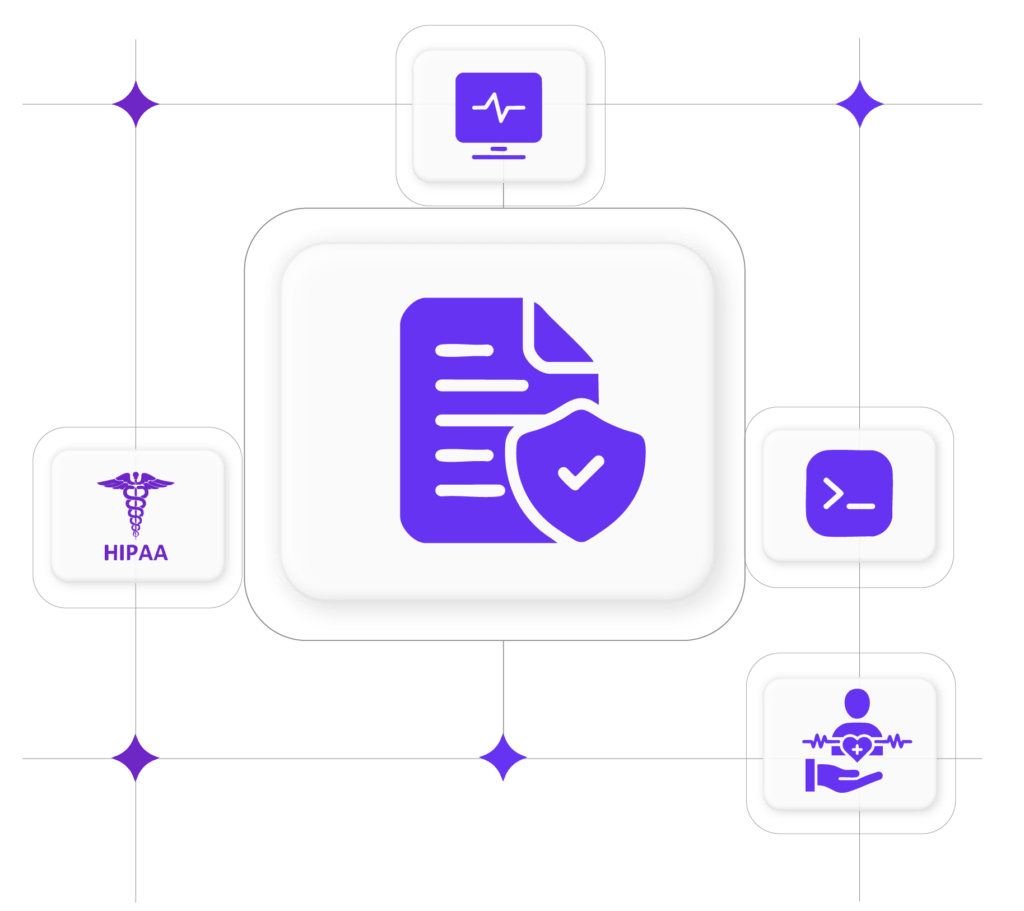
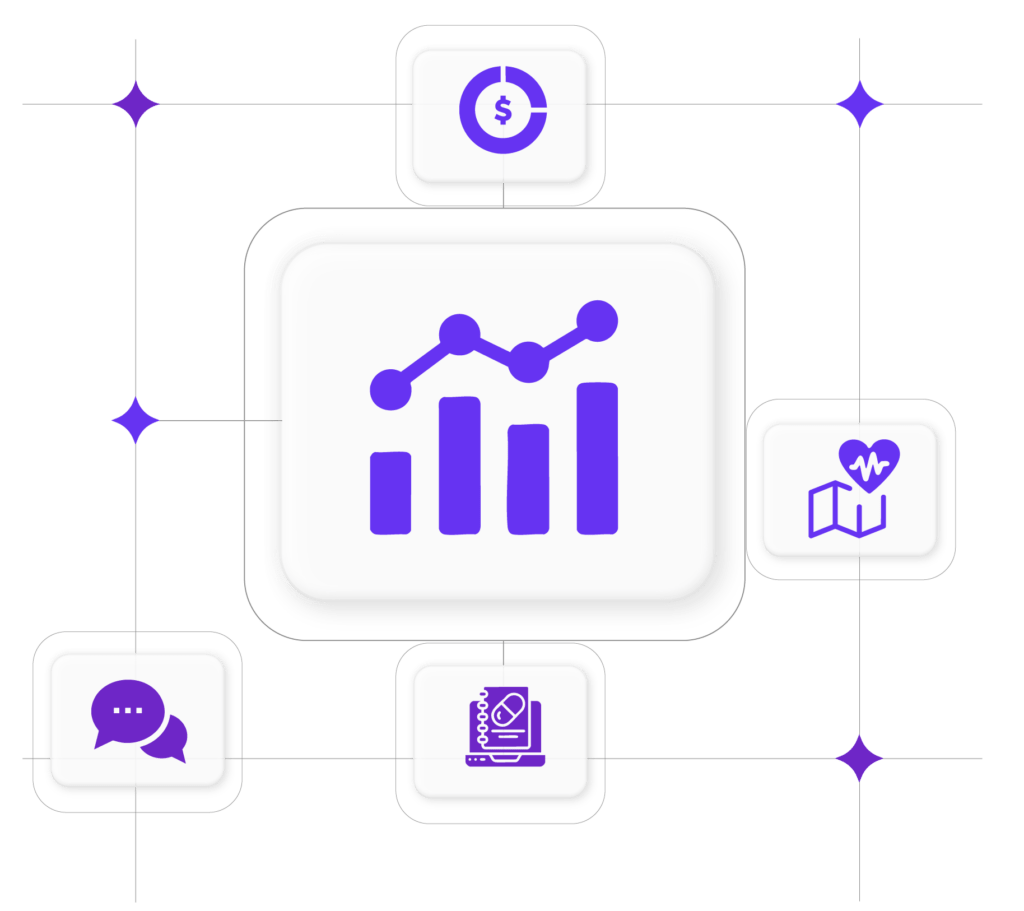
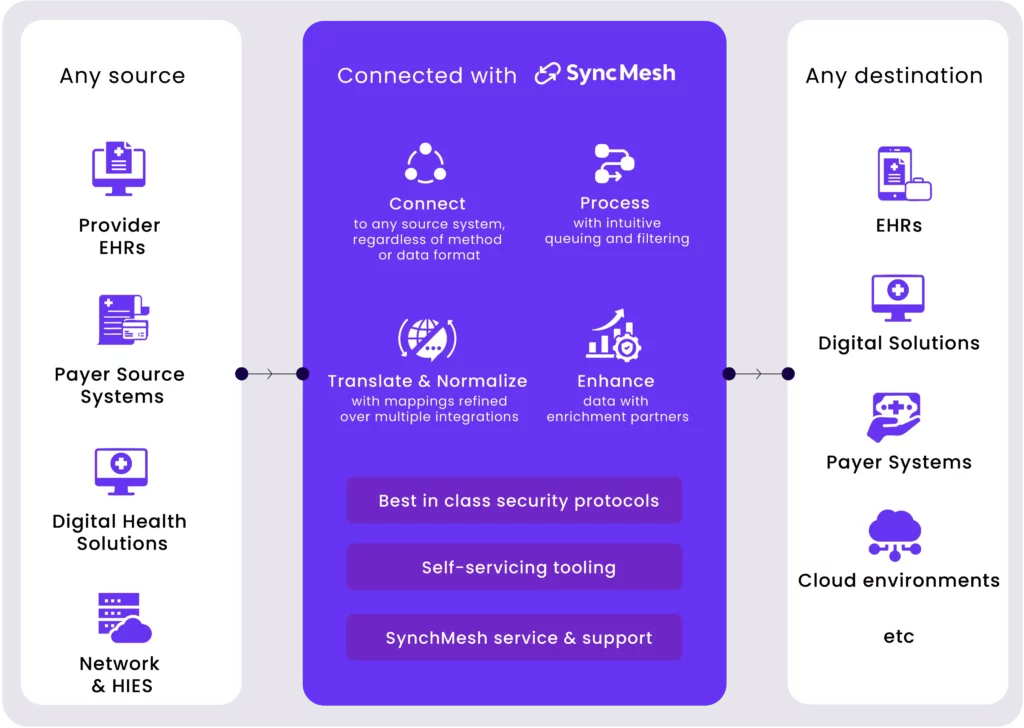
Explore case studies where our teams made measurable improvements across workflows, compliance, and care.

IoT integration + AI platform to protect at-risk patients during extreme heat events.

Unified data + ML based cohort creation to improve chronic care and compliance in underserved communities.


